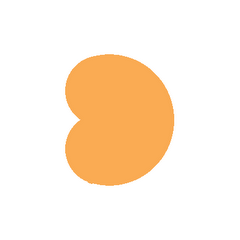Selling books and PDF's with a profit
The US-based National Academies Press won the prestigious ISMS Prize at Wharton University. The publisher developed a model that took advantage of the growing number of orders for electronic books. Research showed that 65%-70% of visitors of the website came to view only one page. Visitors were split into online shoppers and buyers of a printed book opposed to who were browsing books that had a PDF version available. They determined that selling the electronic version of a book at 75% of the print price would generate the highest profit. With the book price at the same level and a bundle of print + electronic at an 18% mark-up, total sales rose by 10% (and web sales by 14,4%). In the meantime the electronic books sell at 85% of the print price demonstrating the success of the model.








